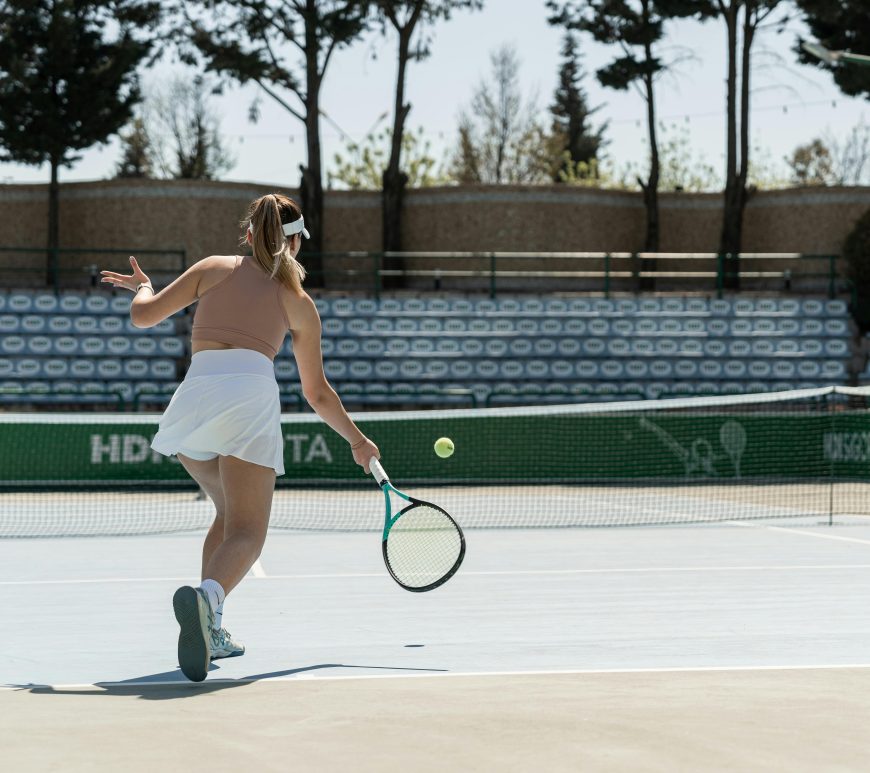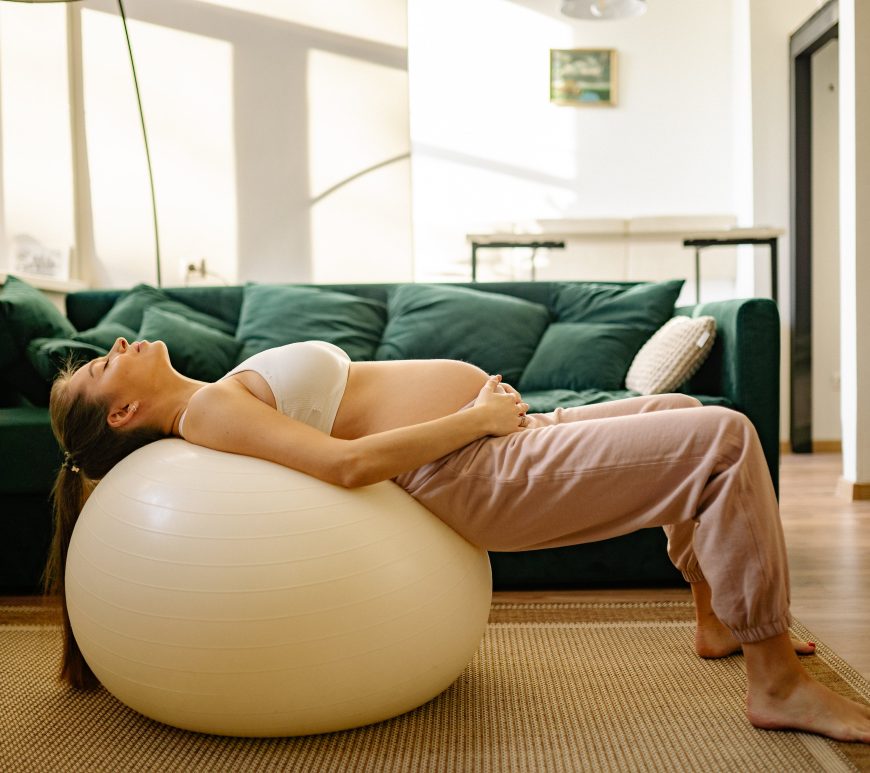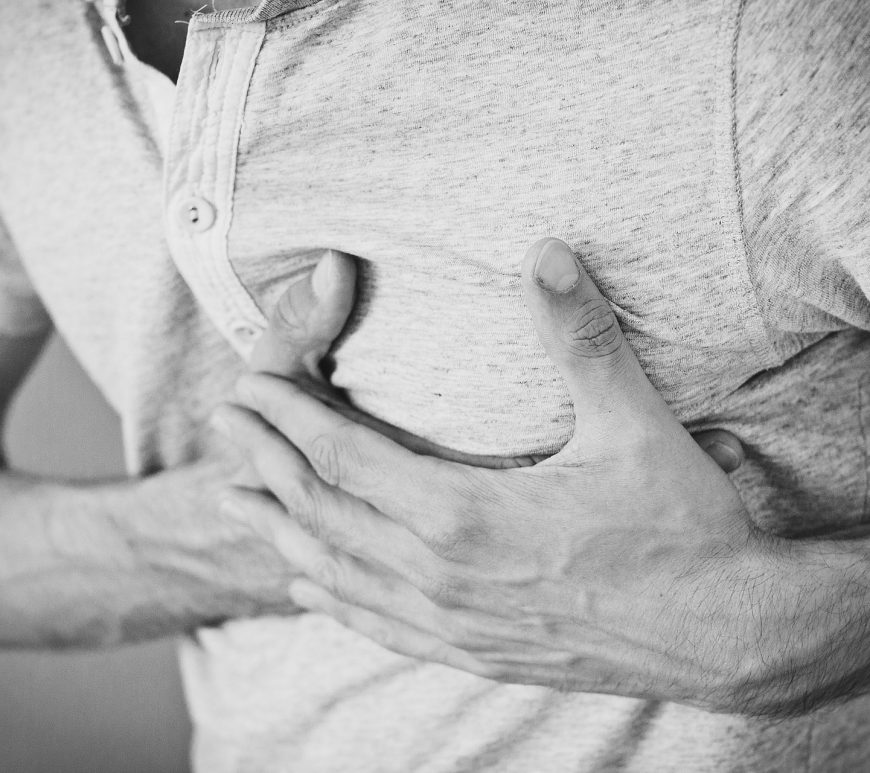
Which spinal manipulation technique is superior for tennis elbow relief?
In 2011, a clinical trial led by Josue Fernández-Carnero and colleagues, the effectiveness of cervical versus thoracic spine manipulation was investigated in patients suffering from lateral epicondylalgia (LE), commonly known as tennis elbow. The study aimed to discern the impact of these two manipulation techniques on pressure pain threshold (PPT) and pain-free grip strength among LE patients. Conducted as a single-blind randomized clinical trial, the … Continue reading Which spinal manipulation technique is superior for tennis elbow relief?


